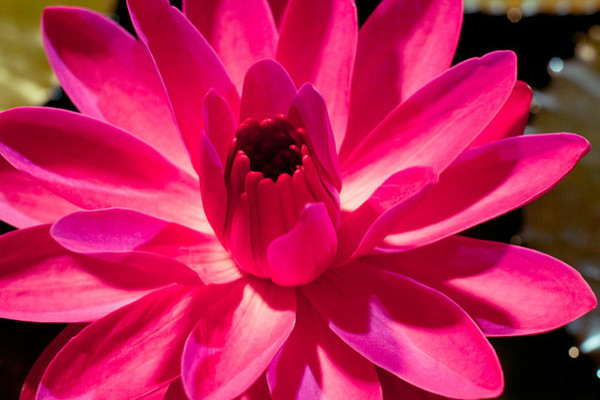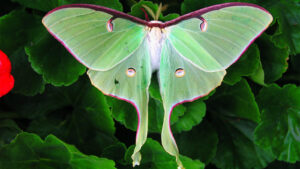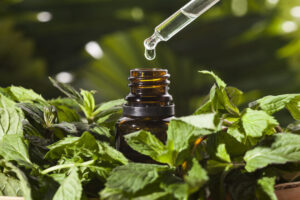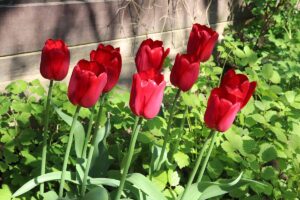Flowers That Bloom During The Day And Close At Night

Flowers That Bloom During The Day And Close At Night
Flowers that bloom during the day and close at night, known as diurnal flowers, bring a unique charm and dynamism to gardens and landscapes. These flowers undergo fascinating daily cycles of opening and closing, influenced by various environmental factors. In this article, we explore the beauty and significance of diurnal flowers, examples of popular species, mechanisms of flower opening and closing, benefits in garden design, and cultivation tips for optimal growth and enjoyment.
Examples of Diurnal Flowers
Morning Glory (Ipomoea)
Morning glory flowers are renowned for their striking trumpet-shaped blooms that unfurl in the morning sunlight and close by midday. These vigorous climbers, belonging to the Ipomoea genus, display a wide range of colors and patterns, from vibrant blues and purples to delicate pinks and whites. Native to tropical and subtropical regions, morning glories thrive in full sun and well-drained soil, making them popular additions to fences, trellises, and arbors. In various cultures, morning glory flowers symbolize love, affection, and renewal, adding cultural significance to their ornamental value.
Gazania (Gazania rigens)
Gazania flowers, native to southern Africa, captivate with their bold and colorful daisy-like blooms that open in response to sunlight and close in the evening or on overcast days. These hardy perennials, belonging to the Gazania rigens species, exhibit a range of hues, including shades of yellow, orange, red, and pink, with contrasting markings and patterns. Gazanias are well-adapted to arid climates and poor soils, making them ideal choices for xeriscapes, rock gardens, and coastal landscapes. Their drought tolerance, heat resistance, and extended blooming period contribute to their popularity in low-maintenance garden designs.
Daylily (Hemerocallis)
Daylilies, belonging to the Hemerocallis genus, are renowned for their exquisite flowers that bloom for a single day before fading. Despite their fleeting nature, daylilies produce an abundance of blooms over an extended period, thanks to their prolific flowering habit and wide range of hybrid cultivars. These hardy perennials come in an array of colors, sizes, and forms, ranging from miniature to giant blooms and single to double petals. Daylilies are versatile plants, suitable for borders, beds, containers, and naturalized landscapes, where their resilience and adaptability shine.
Mechanisms of Flower Opening and Closing
Circadian Rhythms
The opening and closing of diurnal flowers are governed by internal biological clocks known as circadian rhythms, which regulate various physiological processes in plants. These rhythms are synchronized with environmental cues, such as light and temperature, to optimize plant growth, development, and reproduction. Molecular mechanisms, including gene expression and protein synthesis, play key roles in coordinating circadian rhythms and controlling flower opening and closing times.
Phototropism
Phototropism is the plant’s response to light stimuli, whereby it grows towards or away from a light source to optimize photosynthesis and energy capture. Diurnal flowers exhibit positive phototropism, orienting their blooms towards the sun to maximize exposure and attract pollinators. Photoreceptors, such as phytochromes and cryptochromes, detect changes in light intensity and direction, triggering growth responses that result in flower opening during the day and closure at night.
Environmental Factors
In addition to circadian rhythms and phototropism, environmental factors such as humidity, moisture levels, wind, and air movement can influence the opening and closing of diurnal flowers. High humidity levels may delay flower opening or cause petals to wilt prematurely, while windy conditions can disrupt pollination and damage delicate blooms. Interactions with pollinators and beneficial insects also play a role in flower behavior, as flowers may remain open longer to facilitate pollination and seed production.
Benefits of Diurnal Flowers in Garden Design
Visual Appeal
Diurnal flowers add visual interest and dynamic movement to garden landscapes, with their daily cycles of opening and closing creating ever-changing displays of color and form. These flowers provide contrast and diversity in garden aesthetics, complementing other plants and features to create visually striking compositions that evolve throughout the day.
Pollinator Attraction
Diurnal flowers play a vital role in attracting pollinators such as bees, butterflies, and hummingbirds, which rely on flowers for nectar and pollen. By opening during the day when pollinators are active, diurnal flowers ensure efficient pollination and seed dispersal, contributing to ecosystem health and biodiversity. Planting a diverse array of diurnal flowers can support pollinator populations and enhance the productivity of garden ecosystems.
Gardening Enjoyment
Engaging with diurnal flowers allows gardeners to experience the beauty and wonder of nature’s daily rhythms firsthand. Observing the opening and closing of flowers throughout the day provides opportunities for relaxation, reflection, and connection with the natural world. Incorporating diurnal flowers into garden design and maintenance routines adds an element of anticipation and enjoyment to the gardening experience, fostering a deeper appreciation for the cycles of life and growth.
Cultivation Tips for Diurnal Flowers
Plant Selection and Placement
When selecting diurnal flowers for your garden, consider factors such as climate, soil conditions, sun exposure, and space availability. Choose species that are well-suited to your local climate and soil type, ensuring optimal growing conditions for healthy and vigorous plants. Place diurnal flowers in locations where they will receive adequate sunlight during the day, avoiding areas shaded by buildings, trees, or taller plants.
Soil Preparation and Maintenance
Prepare the soil for planting diurnal flowers by amending it with organic matter, such as compost, to improve fertility, structure, and drainage. Mulching around plants helps retain soil moisture, suppress weeds, and regulate soil temperature, creating an optimal growing environment. Irrigate diurnal flowers regularly, providing sufficient water to support growth and flowering, while avoiding waterlogged conditions that can lead to root rot and other moisture-related problems.
Seasonal Care and Maintenance
To prolong the blooming period of diurnal flowers, deadhead spent blooms regularly to encourage continuous flower production. Prune back overgrown or damaged foliage to maintain plant health and appearance, allowing air circulation and sunlight penetration. Monitor diurnal flowers for signs of stress, disease, or pest infestations, intervening promptly to address any issues and prevent spread. Prepare plants for dormancy in colder climates by cutting back foliage and applying mulch for insulation and protection from frost. With proper care and attention, diurnal flowers will thrive and delight in your garden for years to come.





